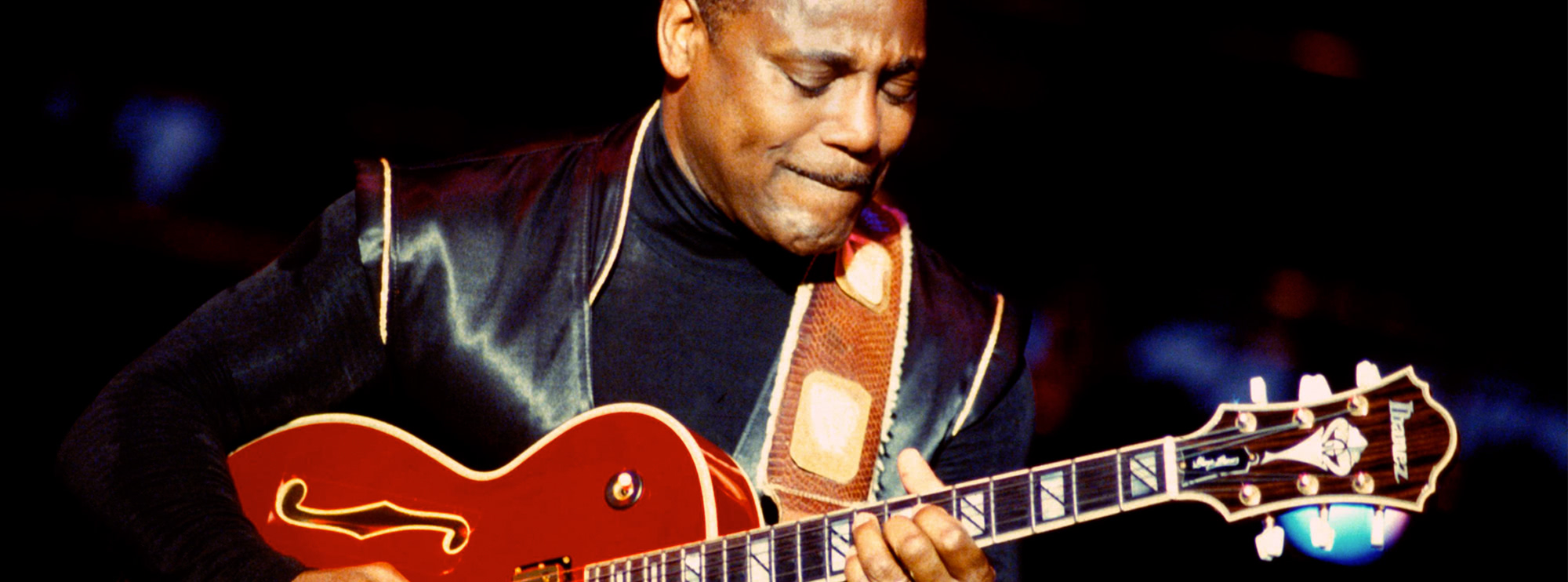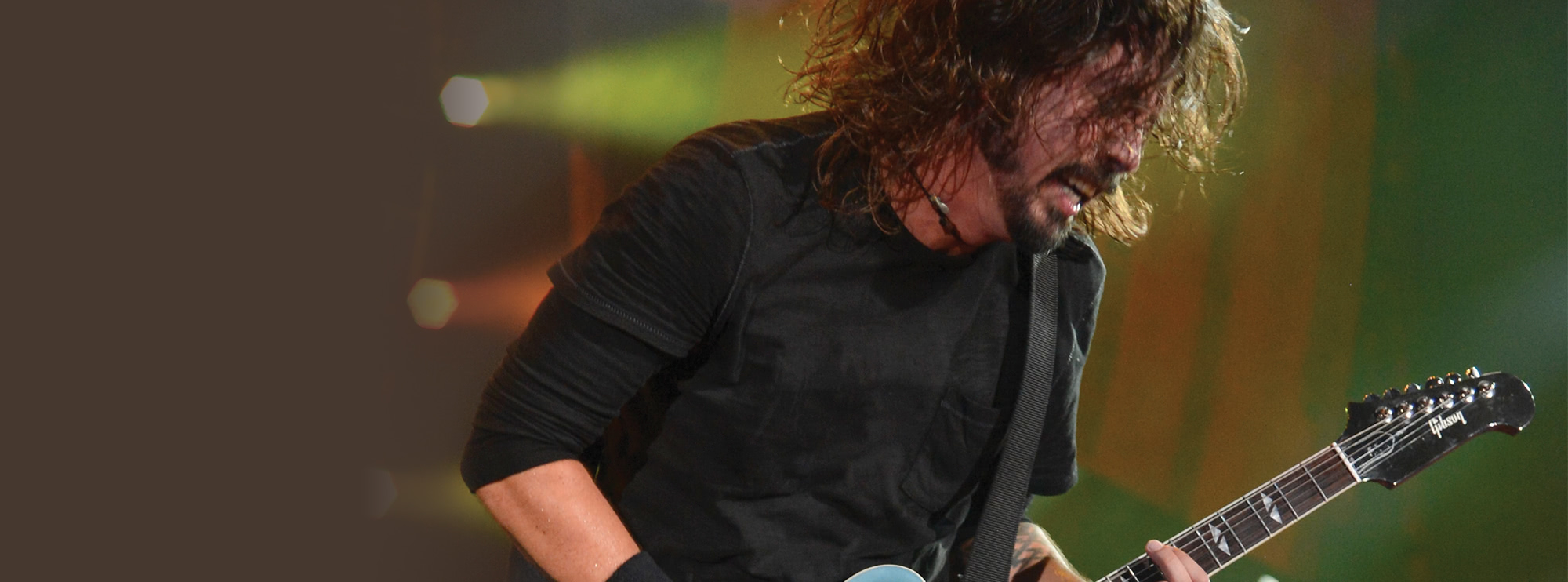Child in Time by Deep Purple - Guitar Lesson Overview
"Child in Time" by Deep Purple is one of the band’s most iconic songs, showcasing both the band's musical range and their ability to build from haunting melodies to explosive, high-energy sections. For guitarists, this track offers a chance to master a range of techniques, including octaves, power chords, hammer-ons, and pull-offs. These techniques are essential not only for this song but for developing the skills required to play rock and progressive rock guitar effectively. In this note-for-note guitar lesson, you will learn how to incorporate these techniques into your playing, with a focus on building speed, precision, and expressive phrasing. This lesson is taught by Danny Gill.
Key Guitar Techniques in "Child in Time"
Octaves
One of the fundamental techniques used in "Child in Time" is the use of octaves to create rich, full-sounding melodies. Octaves involve playing the same note on two strings, typically separated by an interval of eight notes, or one octave. Blackmore uses this technique to add depth and complexity to the song’s main riff, making it sound bigger and more harmonically rich.
Learning octaves is a crucial skill for any guitarist because it allows you to add more texture and dynamics to your playing. By mastering this technique, you can create fuller lead lines, enhance melodic riffs, and add sophistication to your solos. This lesson breaks down how Blackmore utilizes octaves in "Child in Time," helping you to incorporate them into your playing.
Power Chords
Power chords are an essential part of the song’s rhythm sections, providing the backbone of the heavier, more intense parts of the song. These chords are simple to play but offer a powerful and driving sound, making them a staple in rock music. In "Child in Time," Blackmore uses power chords to build tension and add weight to the more energetic moments of the track.
Power chords are a fundamental technique for rock guitarists and a great tool for learning how to create a strong rhythmic foundation. They allow for a tight, punchy sound that cuts through the mix and can be easily moved around the fretboard. This lesson will teach you how to incorporate power chords into your playing with precision and confidence.
Hammer-Ons
A hammer-on is a technique where you use a fretting hand finger to "hammer" onto the fretboard, allowing the note to ring out without picking it again. Blackmore uses hammer-ons throughout his soloing in "Child in Time" to create smooth, fluid passages and to increase speed without losing clarity or precision.
Hammer-ons are a great way to add speed and fluidity to your playing, as they allow you to play notes faster and more seamlessly. This technique is often used in rock and blues solos to add a sense of movement and expression. By mastering hammer-ons, you can create smooth, fast licks with less effort, improving both your technical skill and your musicality.
Pull-Offs
Pull-offs are the opposite of hammer-ons, where you pull your fretting hand finger off a note to let the note below it ring out without picking it again. Blackmore often combines hammer-ons and pull-offs in "Child in Time" to create rapid, cascading phrases that are smooth and connected, adding to the intensity of his solos.
Pull-offs, when combined with hammer-ons, help you build speed and fluidity in your playing. They allow you to play fast runs without over-relying on picking, giving your phrases a legato, connected feel. Learning this technique will improve your soloing, allowing you to play with greater dexterity and musical expression.
About the Guitar Player on "Child in Time"
Ritchie Blackmore, Deep Purple's legendary guitarist, delivers a memorable performance on "Child in Time." His guitar work in this track is not just technically impressive but also emotionally powerful, blending slow, melodic sections with blistering solos. Blackmore’s innovative playing style has been a major influence on rock and metal guitarists for decades, particularly his combination of classical phrasing and bluesy rock tones. His performance on this song, especially during the extended solo, is a perfect example of how to build intensity and emotion using a variety of guitar techniques.
Studying "Child in Time" allows guitarists to explore the dynamic range and feel that Blackmore is famous for. His ability to use space, timing, and melodic development in his solos provides valuable lessons for guitarists at all levels.
Guitar Techniques Covered in This Lesson
This guitar lesson for "Child in Time" by Deep Purple is a deep dive into some of the most fundamental techniques that any rock guitarist needs to master. By breaking down the use of octaves, power chords, hammer-ons, and pull-offs, you’ll learn not only how to play the song accurately but also how to incorporate these techniques into your own playing. Whether you’re a beginner looking to expand your repertoire or an experienced guitarist seeking to refine your skills, this lesson will provide you with the tools you need to elevate your playing. Dive into this note-for-note lesson and get ready to channel your inner Ritchie Blackmore!
About The Tutor
Tutor Profile
Danny Gill
Danny Gill is, without a doubt, the most loved tutor by our community. With an incredible array of DVDs and web lessons for LickLibrary covering a wide variety of topics all of which he covers with incredible detail, it's no wonder he carries as much respect as he does. As...



